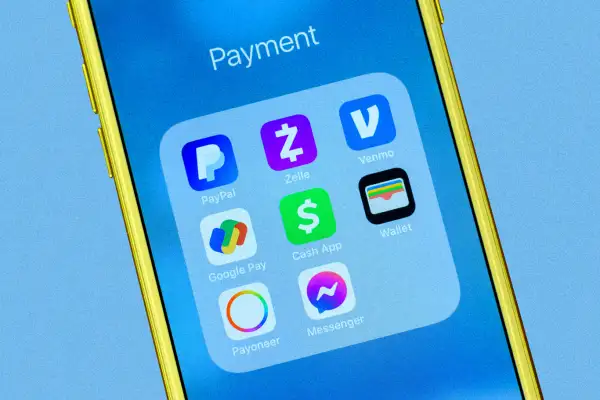Money Transfer Apps: A Comprehensive Guide

Remember when paying someone back meant digging through your bag for whatever cash you had on hand? Or, failing that, trekking to an ATM and resigning yourself to pay whatever ridiculous fee it charged? Thankfully, payment apps have rendered those hassles obsolete.
Cash App, Zelle and Venmo have pretty much taken over our financial routines. As our money habits have changed, these apps have evolved alongside us, making it easier than ever to split bills on the spot, get paid for your side hustle and stash away some spare change. Still, it’s a lot to keep track of, especially when the landscape shifts, as evidenced by Zelle's recent discontinuation of its standalone app.
This guide unpacks everything you need to know about money transfer apps in 2025 — how they work, what features are most valuable and how to keep your data safe.
The rise of digital money transfer apps
Digital payment methods have evolved dramatically over the last 20 years, making the once-novel act of sending money electronically something most of us now do without a second thought.
It started in the late ‘90s, when PayPal revolutionized online shopping by enabling users to transfer money over email, a development that coincided with the dot-com boom and, crucially, the skyrocketing popularity of eBay. For the first time, small vendors both on and off the auction site could sell stuff online without dealing with paper checks — but that was just the beginning.
When smartphones became mainstream a decade or so later, they created the perfect digital infrastructure for a new generation of money transfer apps. Companies like Venmo and Cash App came on the scene in 2009 and 2013, respectively, offering users a reliable and user-friendly way to send money within their social circles.
Ever since, digital payment apps have been embedded in our everyday lives, with more than two billion people using them throughout the globe.
How do money transfer apps work?
Money transfer apps allow users to send and receive funds with just a few taps. Typically, all you need is the recipient’s email address or phone number to send a payment.
Like a traditional bank, you do have to verify your identity to use the bulk of the features on these apps. The process varies depending on the app you’re using, but it usually involves providing your legal name, date of birth, the last four digits of your Social Security number and photos of a government-issued ID, passport or driver’s license.
Money transfer apps are typically free, but there may be a fee for using a credit card to fund a purchase, or for requesting an instant bank transfer. Most money transfer apps don’t charge a fee for standard cashouts, which take one to three business days to land in your bank account.
To get started, you need to be at least 18 years old, though most apps allow teens 13 and older to use the app if they’re sponsored by a parent or guardian.
Key features to look out for
Figuring out which money transfer app is worth the storage space on your phone can be tricky. Here are a few features worth prioritizing:
- No transaction fees for standard cash outs
- High transaction limits
- Security and data protection, including two-factor authentication and fraud protection
- A user-friendly app interface
- A global reach that supports international money transfers and currency exchange
- Additional tools like bill splitting, investing, bitcoin transactions, budget tracking, direct deposit and savings accounts
Are money transfer apps safe?
Money transfer apps use data encryption and multi-factor authentication tools to protect your financial info. Still, be sure to double-check who you’re sending money to on every transaction, since it can be hard to reverse a transfer sent to the wrong person. (It wouldn’t hurt to triple-check, either.)
More from Money:
On TikTok, Preparing for a Recession Is a Vibe
How to Shop More Ethically — Without Breaking the Bank
After 100 Days in Office, the Stock Market's 'Trump Bump' Has Become a Trump Slump




